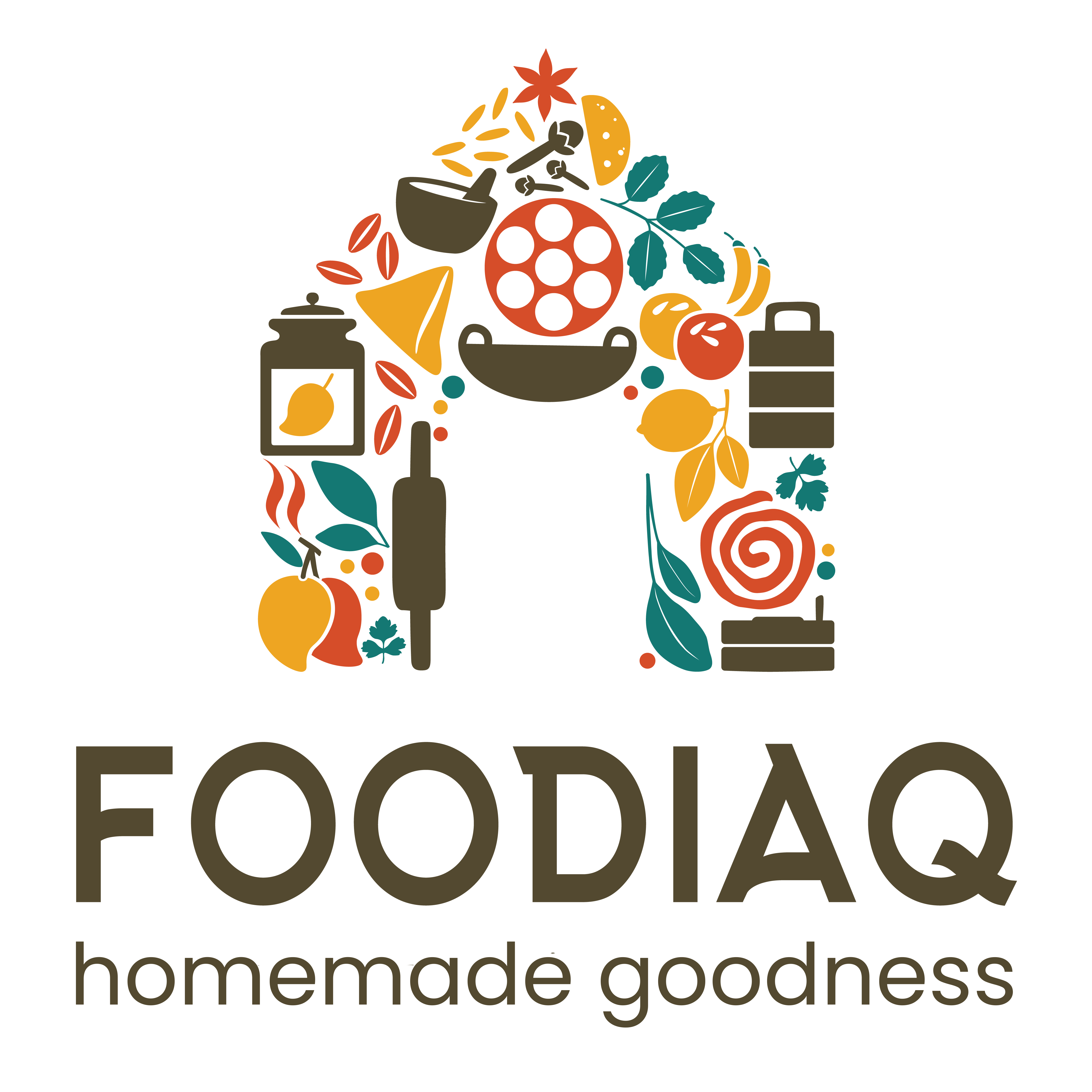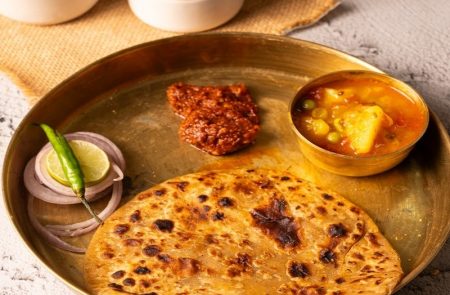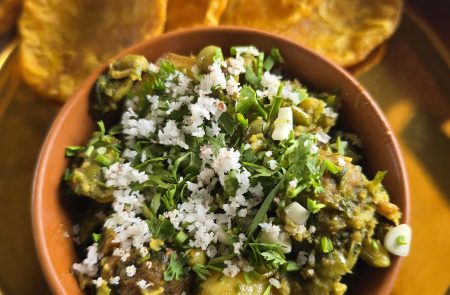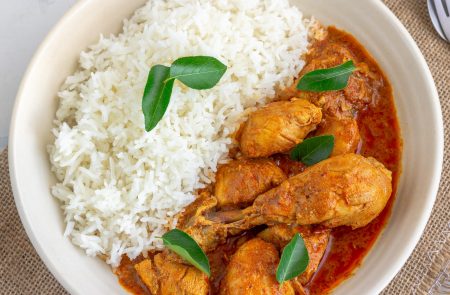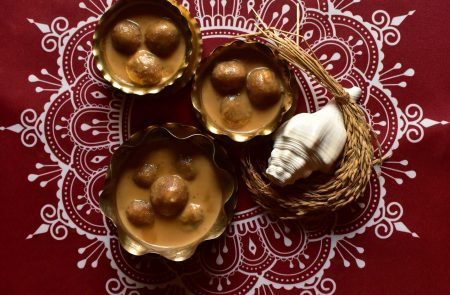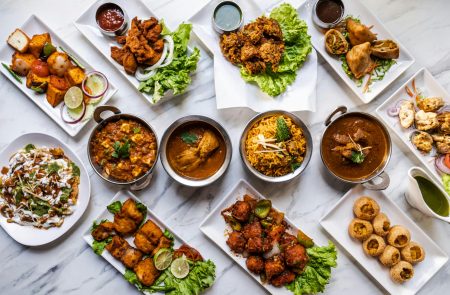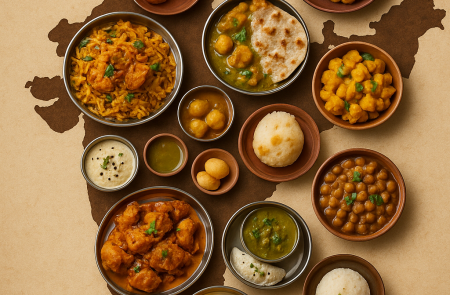Discover the heartwarming craftsmanship behindfestive cooking at home, whereIndian home chefs festive recipesbring centuries-old flavors to your table.
🔥 Keeping Traditions Alive, One Dish at a Time
When we talk about traditional Indian cooking methods, it’s often home chefs who preserve these techniques for future generations. From grinding fresh spices to slow-cooking over a gentle flame, these are more than recipes — they’re traditional Indian recipes passed down through families. On FoodiaQ, you’ll find regional Indian festival cuisine crafted with care and heritage.
🌴 Goan Heartbeats: Christmas & Community Feasts
Chicken Xacuti & Pav
A masterpiece of traditional Indian cooking methods, Chicken Xacuti starts with freshly toasted coconut and poppy seeds ground into a fragrant paste alongside spices like cloves, cinnamon, and Kashmiri chilies. Marinated chicken simmers in this paste with a splash of coconut milk. Served with soft pav, it’s central to festive Goan celebrations—especially Christmas and local church feasts.
💡 How home chefs preserve tradition: Many FoodiaQ chefs still use stone-pestle grinding before slow-simmering the Xacuti paste—just like their mothers and grandmothers did.
🍛 Bengali Homely Rituals: Durga Puja & Holi
Malai Chomchom
This beloved Bengali treat is made by cooking chhena (cottage cheese), rolling it into logs, and simmering in silky sugar syrup. Stuffed with rich milk-cream malai and crowned with pistachios, it appears in food traditions during Indian festivals like Durga Puja and Pohela Boishakh.
💡 How home chefs preserve tradition: These sweets are made the same tender way they were 50 years ago — hand-kneaded and gently simmered, then loaded with fresh malai.
🥘 Parsi Heritage at Home: Navroz & Weddings
Mutton Dhansak with Rice
This warming curry combines mutton, lentils, caramelized onions, tamarind, and blended spices. The dish is slow-cooked until rich, then served with nutty rice — a celebrated centerpiece on Navroz and Parsi wedding tables.
💡 Traditional cooking methods: Home chefs soak lentils overnight, roast spices by hand, and simmer gently—maintaining the soulful depth of flavor passed through generations.
🍲 North Indian Comfort: Diwali & Lohri
Chole Bhature
A festive powerhouse: spicy chickpea curry ladled over fluffy, deep‑fried bhature. Made fresh in home kitchens for Diwali mornings, Lohri feasts, or celebratory brunches.
💡Preserving traditions at home: Chefs ferment the bhatura dough naturally, knead it by hand, and fry in traditional mustard or desi ghee—keeping the technique alive among newer generations.
Gajar Halwa
This creamy dessert is made by slowly simmering grated carrots with milk, sugar, ghee, and nuts—routinely served during winters, Diwali, and Karva Chauth.
💡Traditional technique: It takes time—true home chefs often cook it on low fire for an hour or more, stirring frequently to avoid burning, just like their own mothers did.
📝Why These Dishes Matter
- Cultural Indian recipes by home cooks encapsulate decades or centuries of lived tradition.
- These aren’t mass-produced—they’re how home chefs preserve food traditions, ensuring each batch holds a piece of home.
- They spotlight regional cooking methods, like stone pounding, fermenting, and slow-stirring over charcoal or gas.
- These dishes have deep meaning—linked to celebrations, rites of passage, and community gatherings.
💬Celebrate With Us
When you request Indian home chefs festive recipes from FoodiaQ, you’re inviting living culture into your home. You’re honoring ancestors, feeding bodies and souls, and continuing traditions that define us.
Which dish calls home to you? Whether it’s the fiery Chicken Xacuti, creamy Gajar Halwa, or comforting Dhansak, share your stories below — and let’s celebrate the art of festive cooking at home together.
